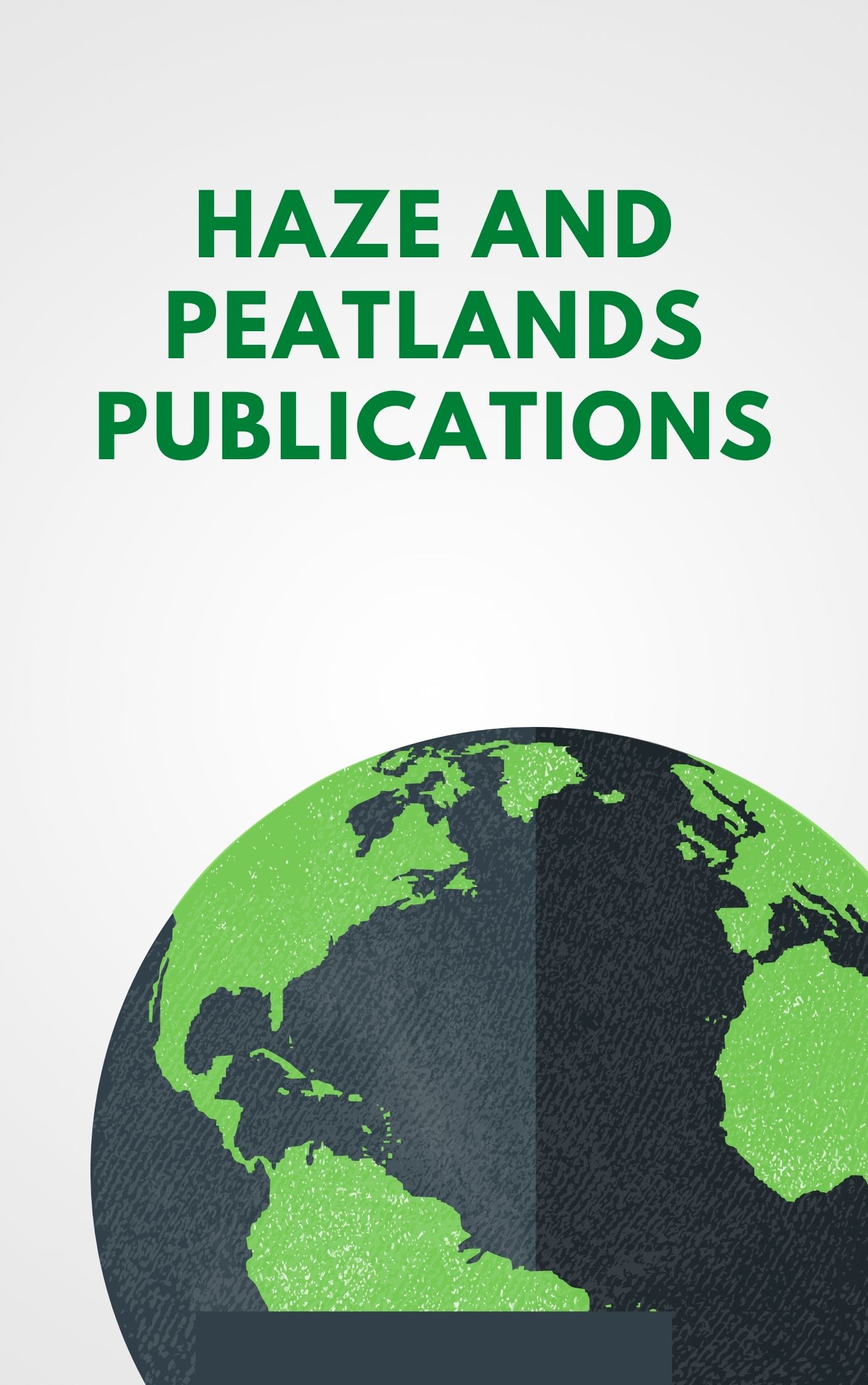Keyword(s)
acidity, agriculture, ash, burning, calcium, capacity, cation exchange, cation exchange capacity, characteristics, crusts, deposition, ecosystems, effects, exchangeable calcium, fertilizers, formation, gypsum, impact, incorporation, infiltration, jarosite, lime, magnesium, minerals, nitrogen, nitrogen fertilizers, nutrients, potassium, potassium fertilizers, properties, rain, satellite imagery, soil, soil acidity, soil pH, soil properties, thickness, toxicity, vegetation, volcanic activity, volcanoes, X radiation, X ray diffraction, Indonesia, APEC countries, ASEAN Countries, Developing Countries, South East Asia, Asia, fertilisers, flaming, potash fertilizers, rainfall, X rays, Soil Chemistry and Mineralogy (JJ200), Agriculture (General) (AA000), Ecology (General) (ZZ330), Fertilizers and other Amendments (JJ700), Soil Physics (JJ300), Meteorology and Climate (PP500), Automation and Control (NN050), Techniques and Methodology (ZZ900)

